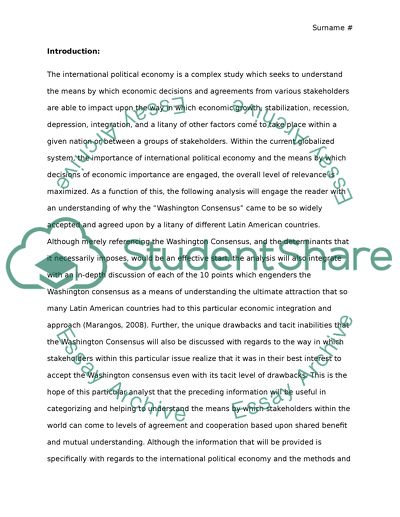Cite this document
(“Why was the Washington consensus irresistible in Latin America Essay”, n.d.)
Why was the Washington consensus irresistible in Latin America Essay. Retrieved from https://studentshare.org/geography/1491663-why-was-the-washington-consensus-irresistible-in
Why was the Washington consensus irresistible in Latin America Essay. Retrieved from https://studentshare.org/geography/1491663-why-was-the-washington-consensus-irresistible-in
(Why Was the Washington Consensus Irresistible in Latin America Essay)
Why Was the Washington Consensus Irresistible in Latin America Essay. https://studentshare.org/geography/1491663-why-was-the-washington-consensus-irresistible-in.
Why Was the Washington Consensus Irresistible in Latin America Essay. https://studentshare.org/geography/1491663-why-was-the-washington-consensus-irresistible-in.
“Why Was the Washington Consensus Irresistible in Latin America Essay”, n.d. https://studentshare.org/geography/1491663-why-was-the-washington-consensus-irresistible-in.


